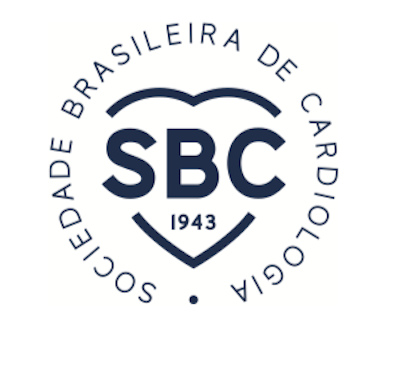In 2013 The Brazilian Society of Cardiology and Brazilian Society of Exercise and Sports Medicine published The Brazilian Guidelines for Sports and Exercise Cardiology.1 This year, these same societies updated the guidelines in keeping with the latest evidence in the field. You can view the update here: The Updated Guidelines for Sports and Exercise Cardiology 2019.2
This guideline serves as a de facto update for the field. Recommendation grade and evidence level in different athletic scenarios were established and more than 320 references reviewed.
What’s new?
The 2019 update addresses pre-participation screening, structural and non-structural heart diseases, genetic aspects of these pathologies, valvular disease, the hearts of female athletes, special aspects in preventing exercise/sports-related sudden death (including illicit substances in sports), as well as basic life support for athletes with a cardiac emergency.
What is recommended?
The Brazilian Society of Cardiology and the Brazilian Society of Exercise and Sports Medicine recommend pre-participation screening (PPS) with 12-lead electrocardiogram for all professional athletes. PPS can also be recommended to correctly prescribe moderate-to-high intensity exercise for non-professionals. This aligns with many international societies and incorporating a resting ECG to history and a physical exam in young athletes is considered Recommendation Grade I, Evidence Level A.
The guidelines also cover topics related to genetics and exercise. Specifically, different structural and non structural diseases and their relation to sports and exercise. The authors provide the latest evidence to answer if positive-genotype and negative-phenotype athletes are at higher risk of sudden death (SD) even without signs of structural heart disease. Why is this important? In certain cases, the adrenergic stress of intense or competitive exercise can trigger complications and SD.
In the final chapters of the guideline, the authors discuss the athlete with valvular heart disease, athlete’s heart syndrome in female athletes, and basic life support for the athlete.
The updated guideline is now available online, and in English too
Our colleagues around the world can freely access the British Journal of Sports Medicine (BJSM) Blog to view the guideline in English.
We hope these guidelines are useful to sports medicine and cardiology clinicians, and their daily practice!
On behalf of the Editors,
Ricardo Stein MD; ScD.

***
References:
- Ghorayeb N., Costa R.V.C., Daher D.J., Oliveira Filho J.A., Oliveira M.A.B. et al. The Brazilian Society of Cardiology and Brazilian Society of Exercise and Sports Medicine’s Guidelines for Sports and Exercise Cardiology. Arq Bras Cardiol. 2013;100(1Supl.2):1-41
- Ghorayeb N*, Stein R*, Daher DJ, Silveira AD, Ritt LEF, Santos, DFP et al. The Brazilian Society of Cardiology and Brazilian Society of Exercise and Sports Medicine’s Updated Guidelines for Sports and Exercise Cardiology – 2019. Arq Bras Cardiol. 2019; 112(3):326-368.
* First authors